Sammy Loves Perplexity
We believe the crux of this deal is not that Samsung is following in Apple’s (AAPL) footsteps and diversifying its AI focus away from a single player. That would seem obvious, especially given the recent ruling against Google’s search monopoly, but rather we see it more as Samsung’s way of broadening its offerings to user’s, not forcing them to use a particular AI model, but to offer a number of options. Not only does this seem attractive to users, who might have a preference, but also pits Ai model vendors against each other which will allow Samsung a bit more pricing leverage when it comes time to begin charging consumers for AI use. Samsung has indicated that all AI in its consumer products will be free through 2025 but hinted that such a policy might change in 2026, at which point Samsung will need to focus on price. Samsung currently gets a ‘fee’ from Google to make Gemini the default and receives a portion of any Gemini premium model subscriptions that come through Samsung devices.
Thus far (tentative) the Perplexity deal does not seem to include subscription fees for Samsung, which makes us suspect that the objective is as much to pressure Google on price than to generate income, but it would also be hard to imagine that Samsung would spend the R&D dollars to integrate Perplexity into its applications without some sort of compensation. That said, Perplexity’s recent deal with Motorola (992.HK), with the Perplexity AI being integrated in Motorola applications and the default for Motorola AI, did not include sharing subscription revenue, more to increase Perplexity’s user base, so the possibility is that while Samsung’s and Perplexity’s objectives are a bit different, the deal makes sense to both.
As we are still in the early stages of AI and even earlier stages of incorporating AI in consumer devices, there is little to indicate whether consumers see AI as a reason to upgrade their phone, above and beyond what they might have done without AI, so the question remains as to what pricing models consumer electronics brands might use when it comes time to charge for more generic AI. Will it be tiered pricing for cloud-based models while on-device models remain free, with a few ‘free’ (Premium You Tube) incentives thrown in as Google does for their high-end models, or will it follow the DeepSeek (pvt) path of charging different rates during peak and off-peak hours? Sooner or later the cost of implementing AI into a variety of applications, especially more than one AI model brand, will have to get paid for and CE brands will have to test consumers as to their ‘Fee Flexibility’, and that could be problematic once the novelty of AI begins to wear off a bit. If it turns out that the average consumer is not willing to pay for generic AI, brands will have to rely on the ‘AI Upgrade Cycle’ to pay for AI integration and R&D costs, likely a relatively poor scenario.


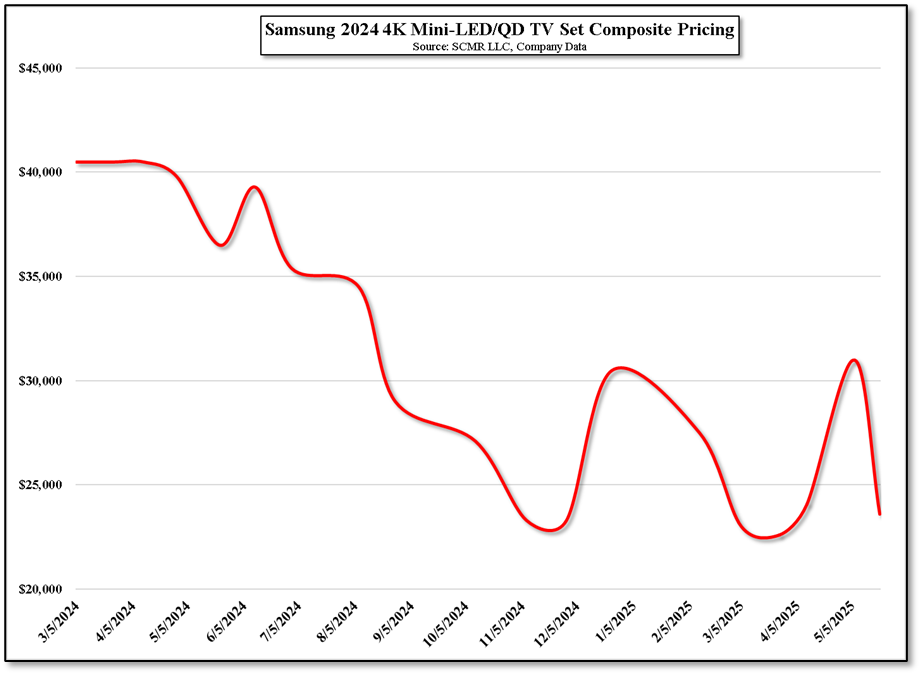
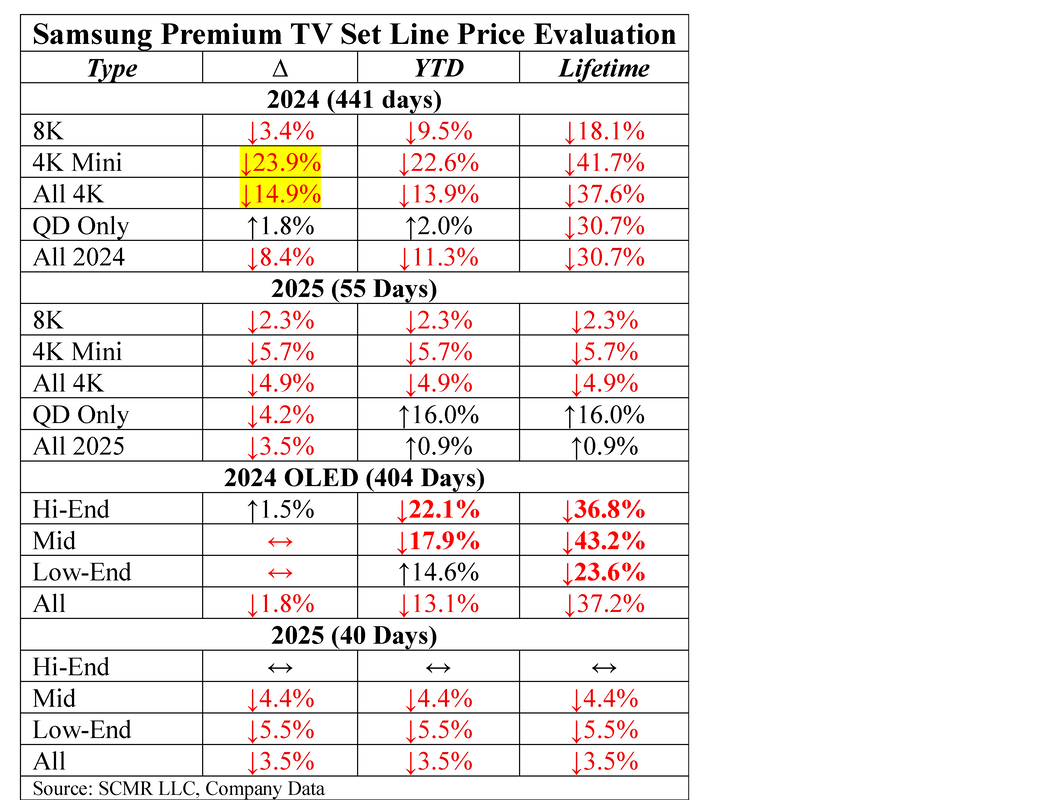


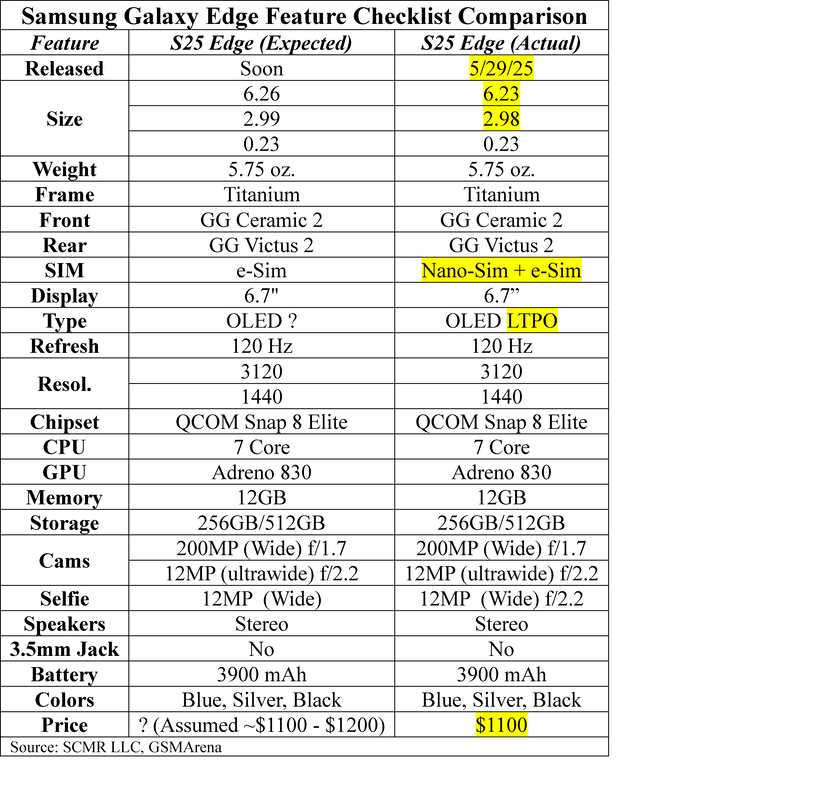




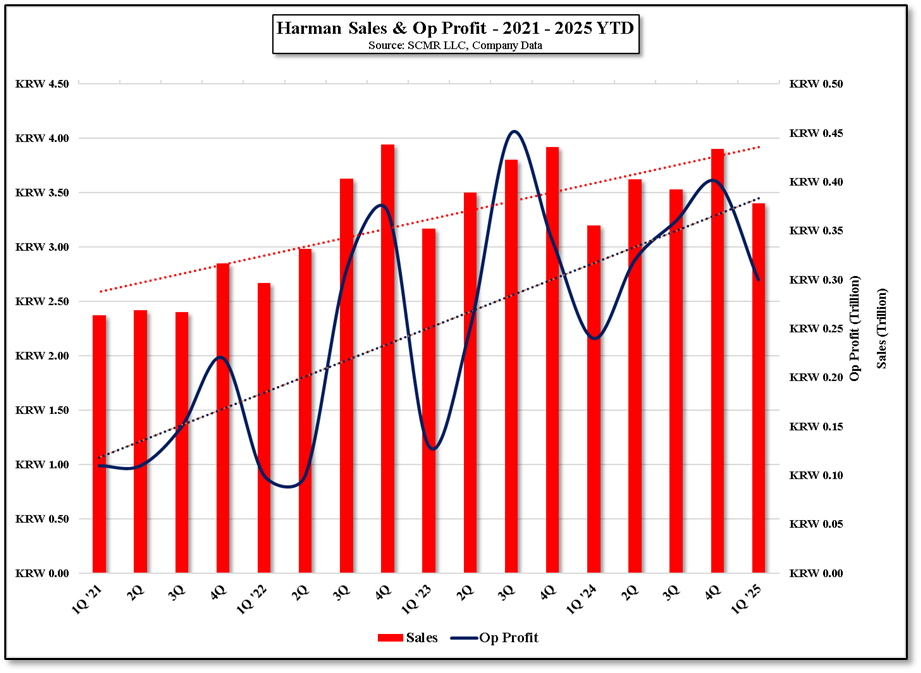

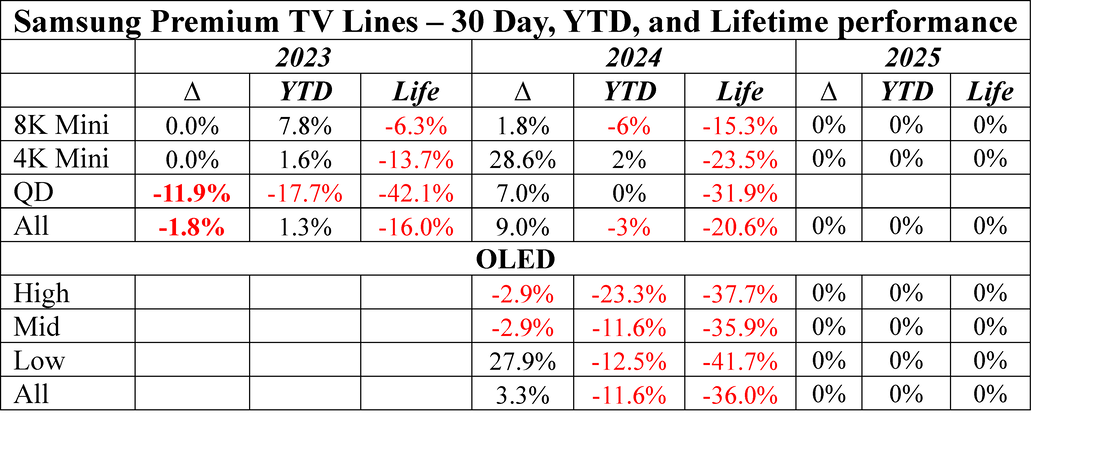
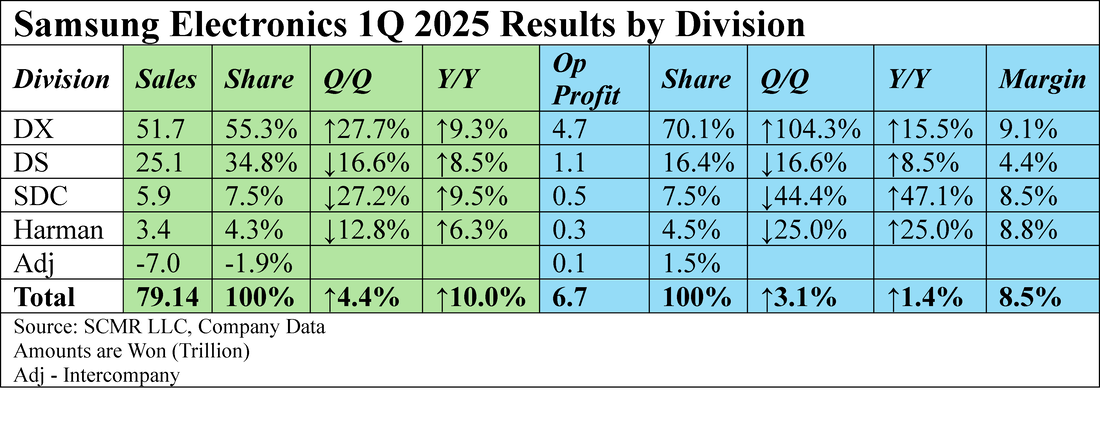


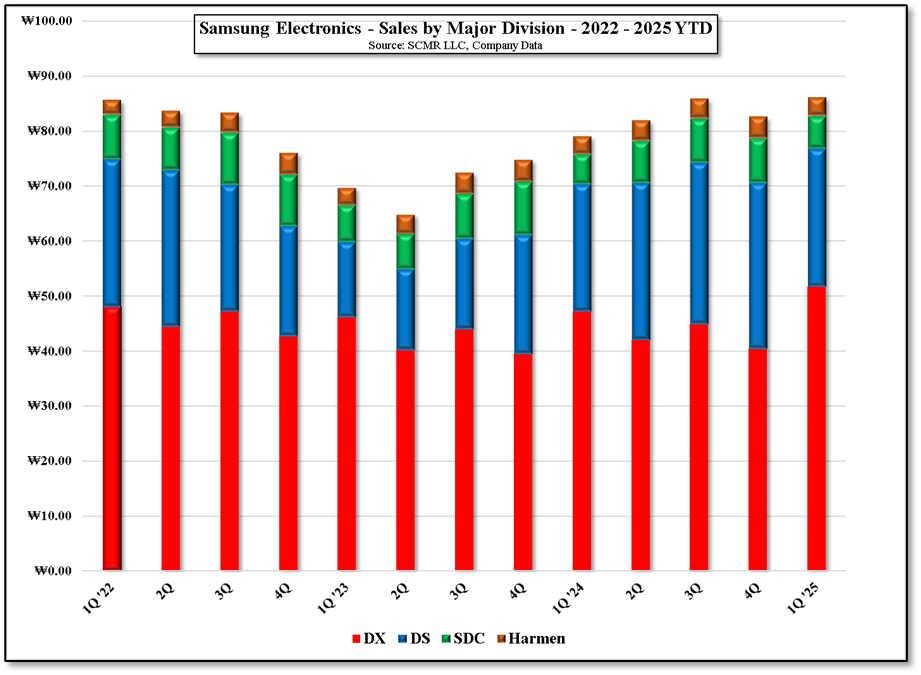
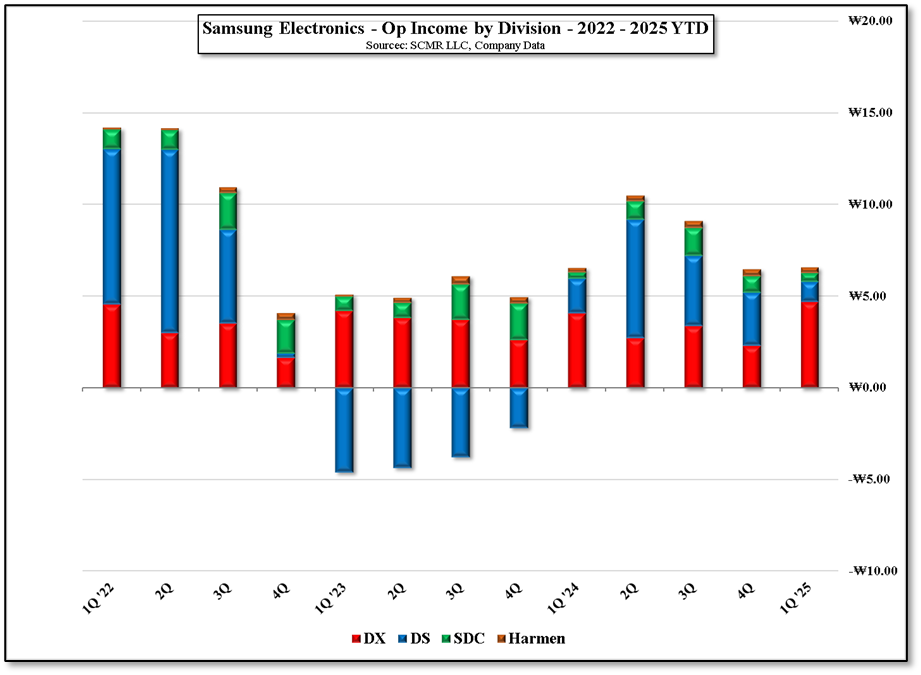
 RSS Feed
RSS Feed